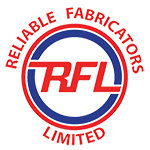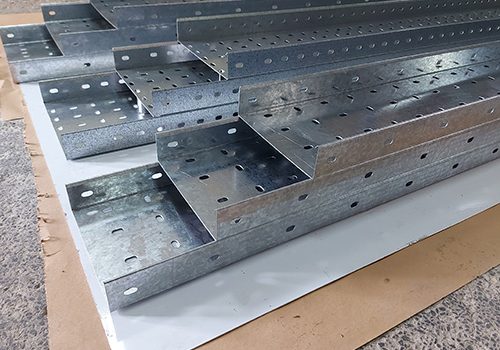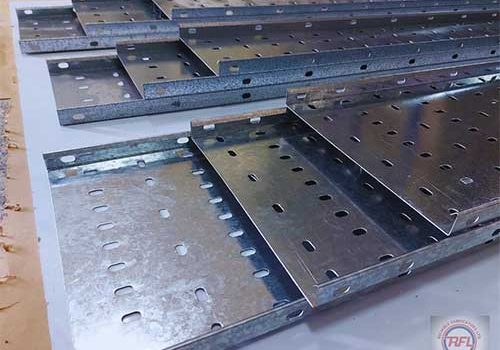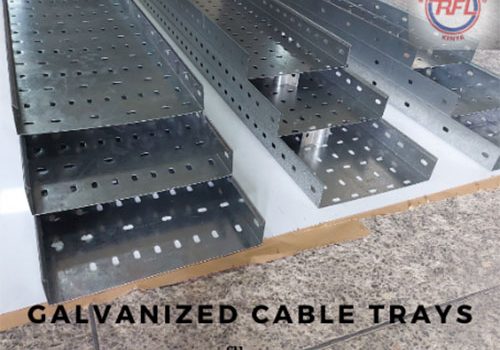The Importance of Cable Management
Effective cable management offers several benefits beyond just aesthetics. It improves efficiency, enhances safety, and prolongs the life of your devices and cables. Here’s why cable management is crucial:
Efficiency: Organized cables make it easier to identify and access the right cable when needed, saving time and frustration. A tidy workspace also promotes a more efficient and productive environment.
Safety: Tangled cables can pose tripping hazards and increase the risk of electrical accidents. Proper cable management helps reduce these risks, ensuring the safety of both individuals and equipment.
Device Longevity: Cables subjected to constant bending, twisting, and tangling can lead to fraying and damage over time. By managing cables properly, you can extend the lifespan of your devices and cables.
Aesthetics: A clutter-free space is visually appealing and contributes to a more professional and organized appearance, whether it’s at home or in the office.





